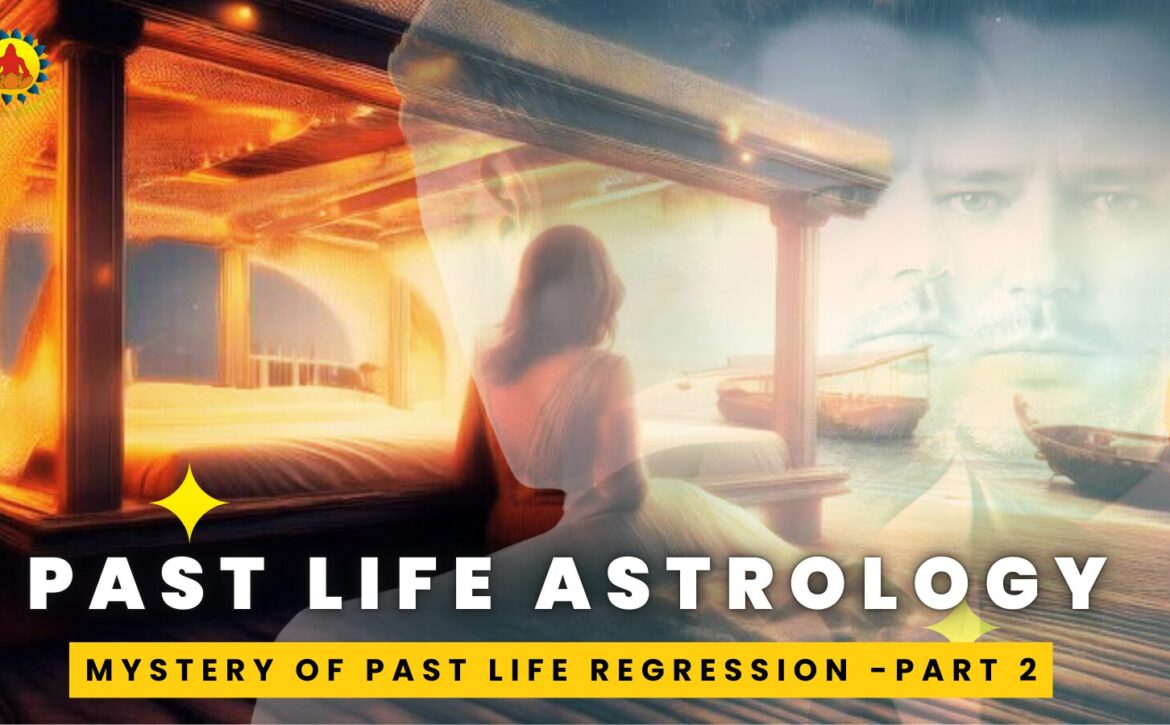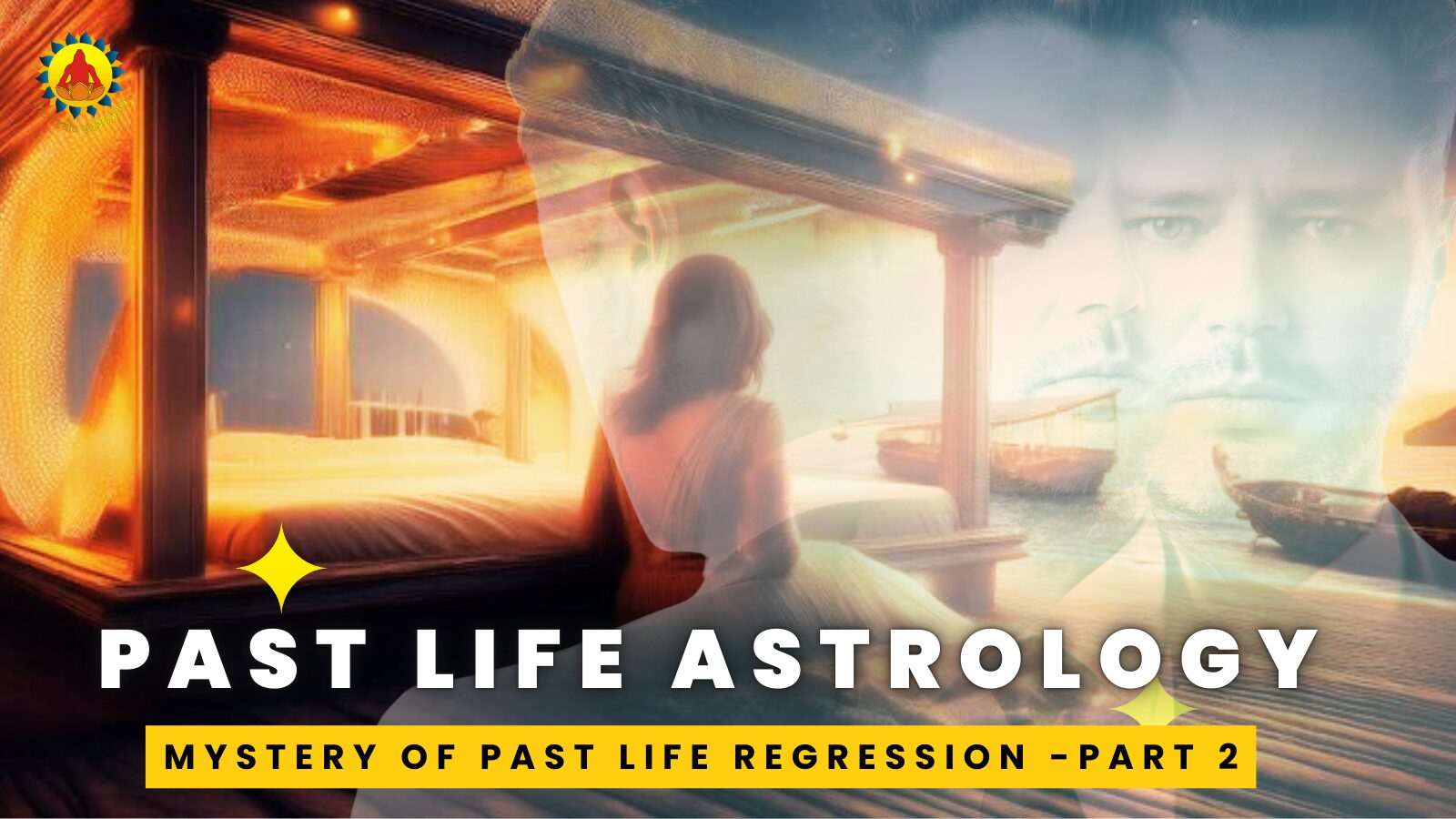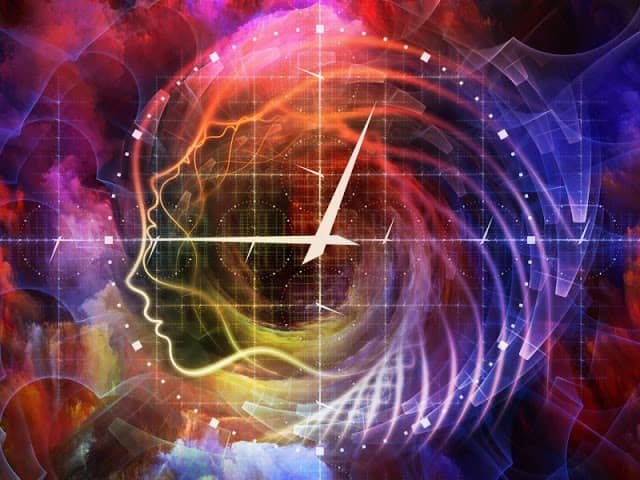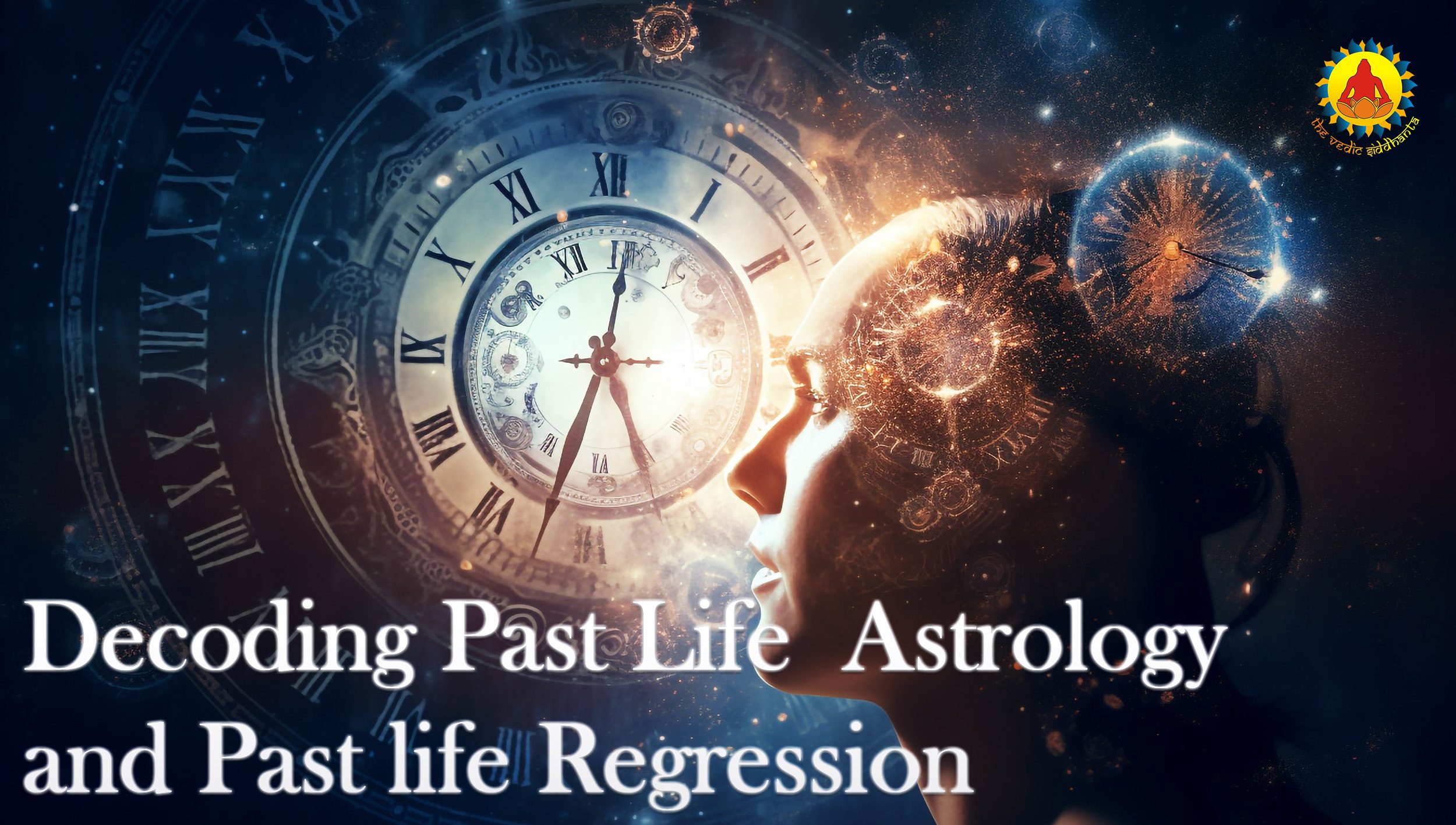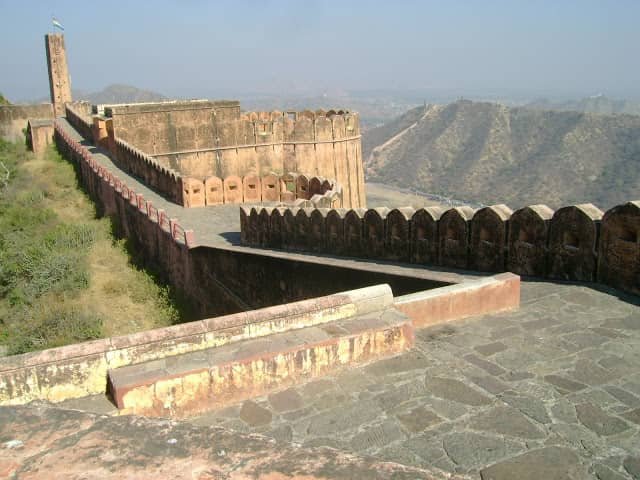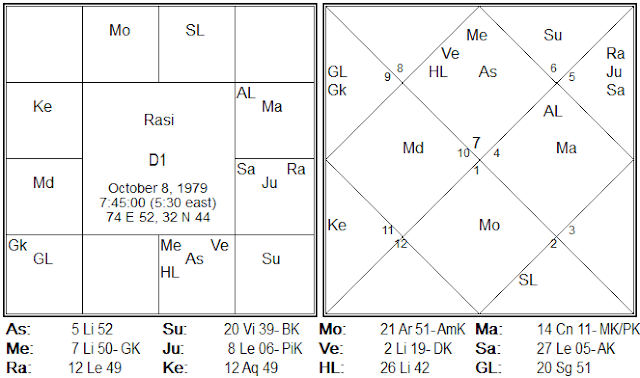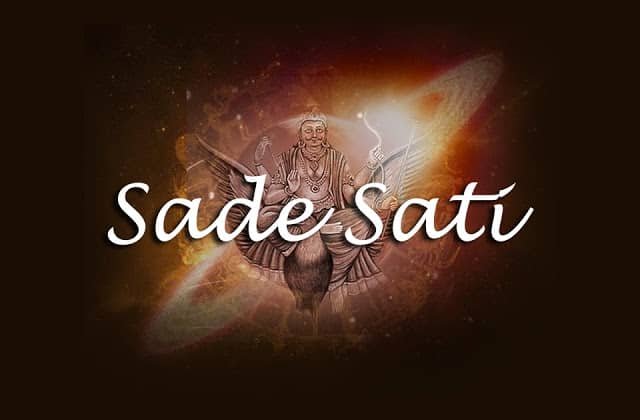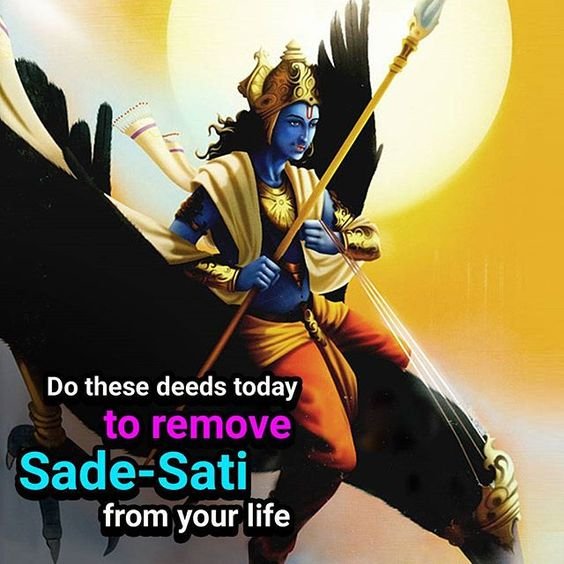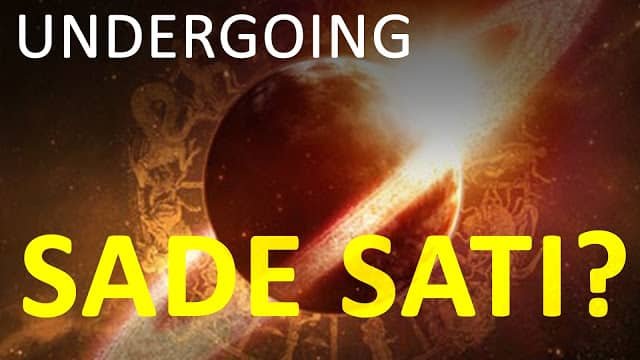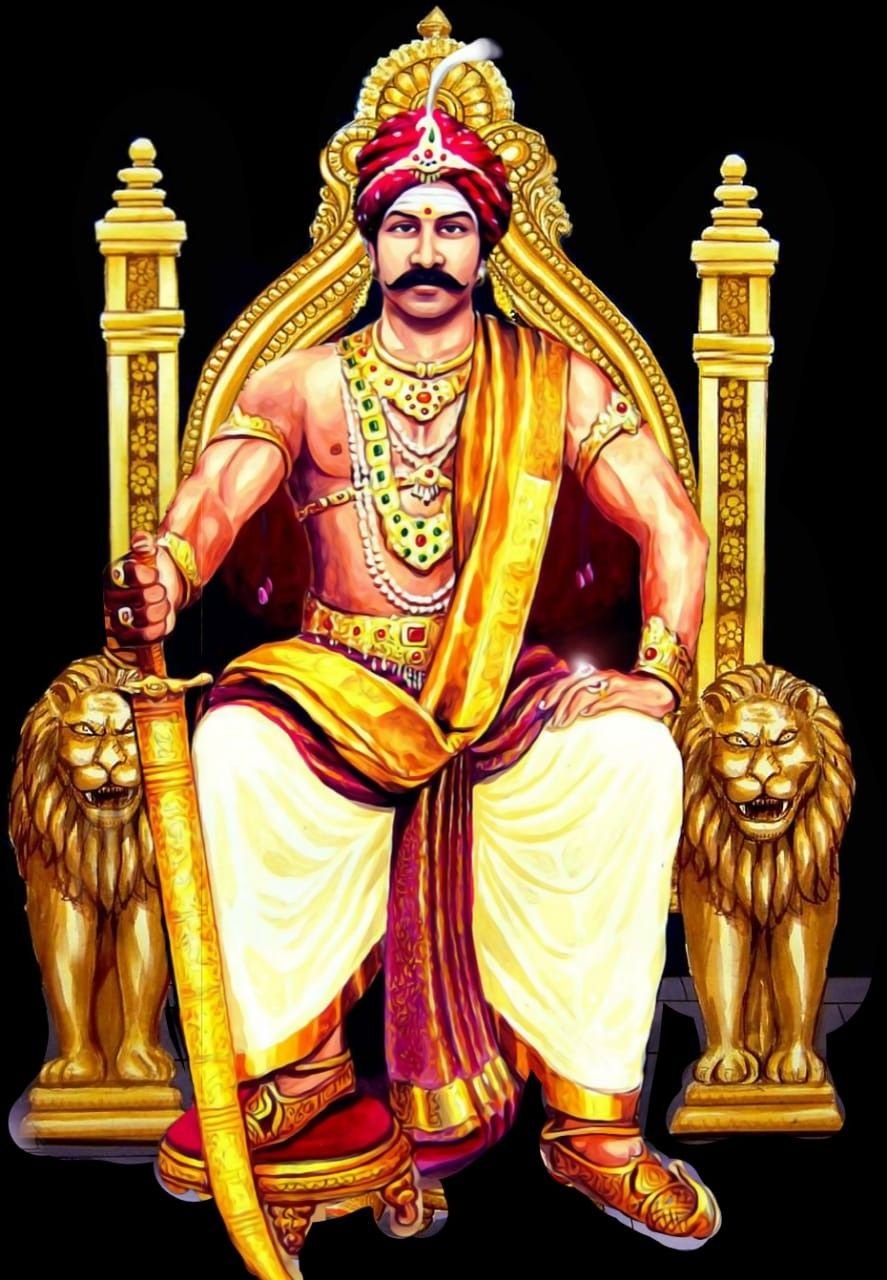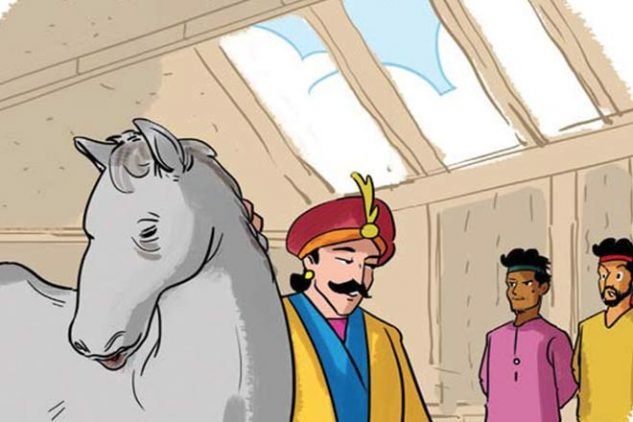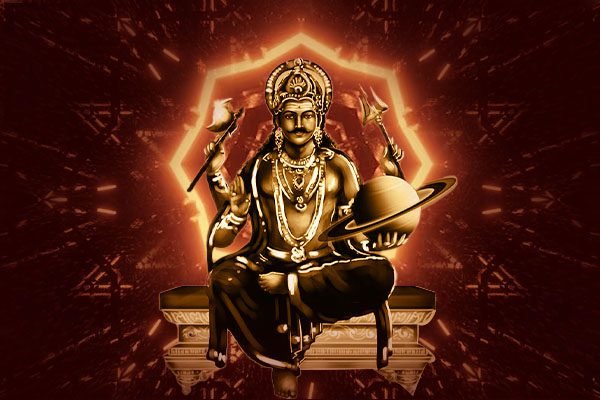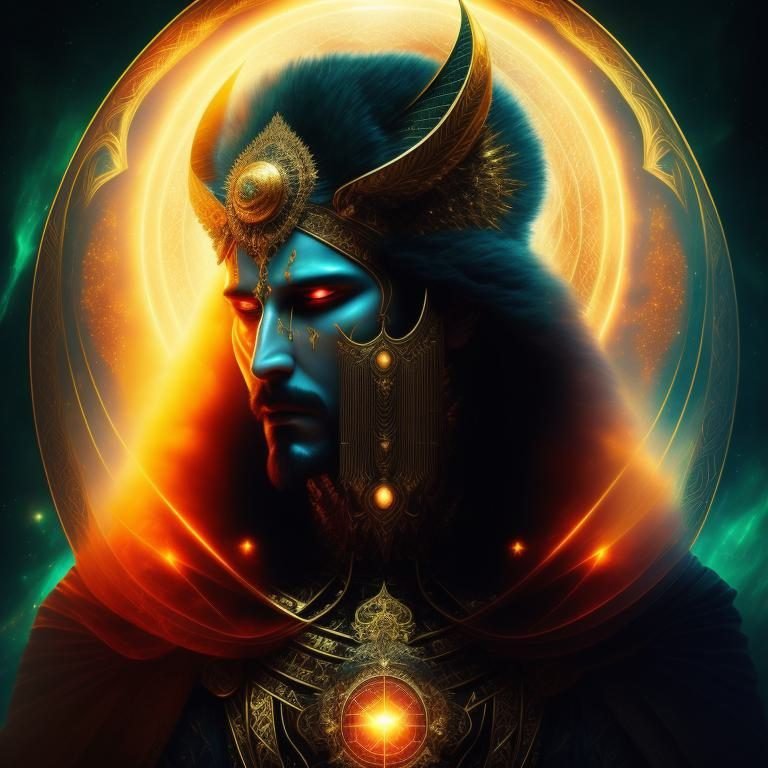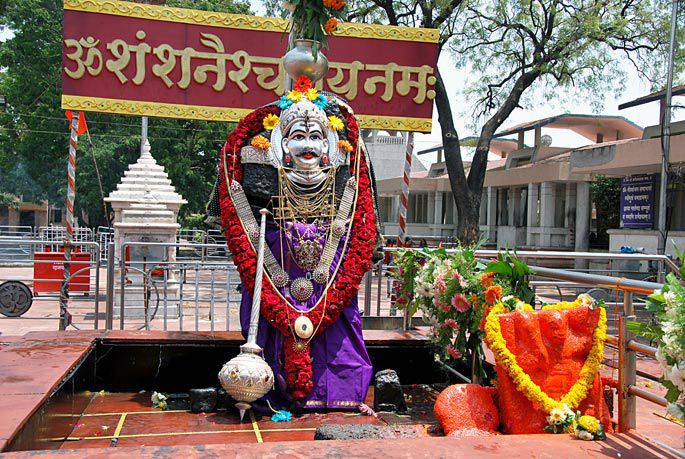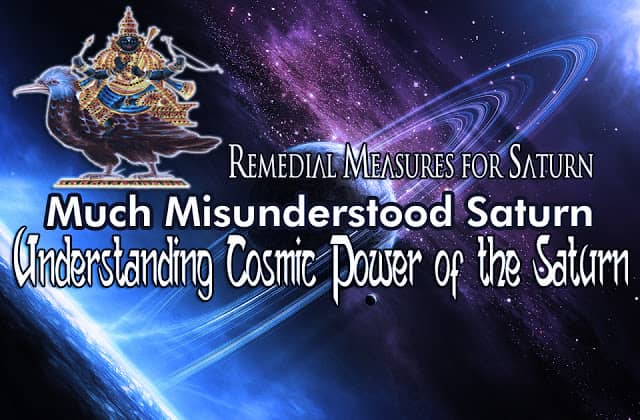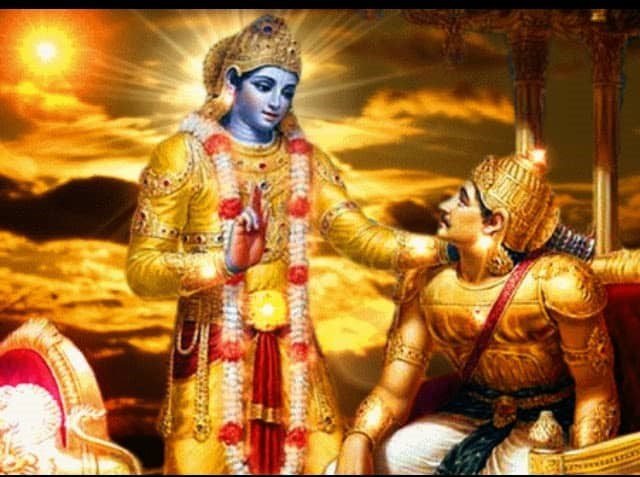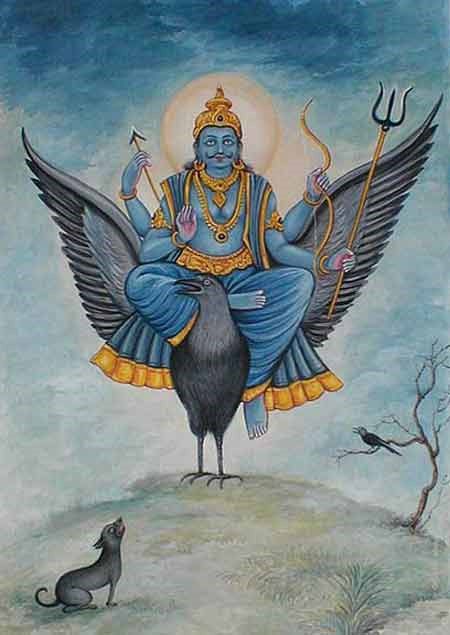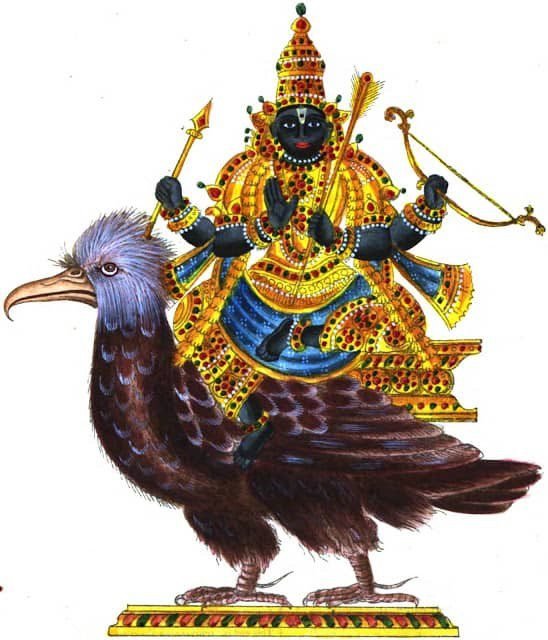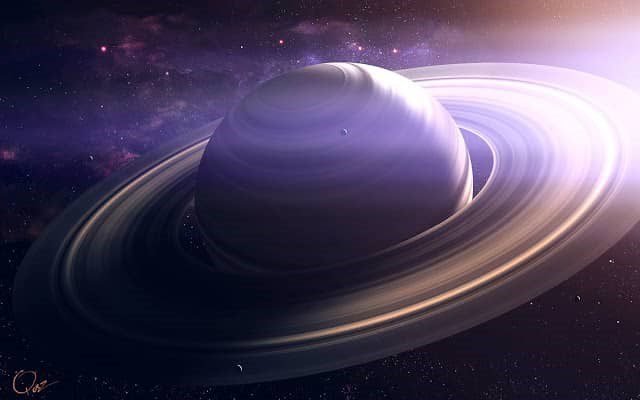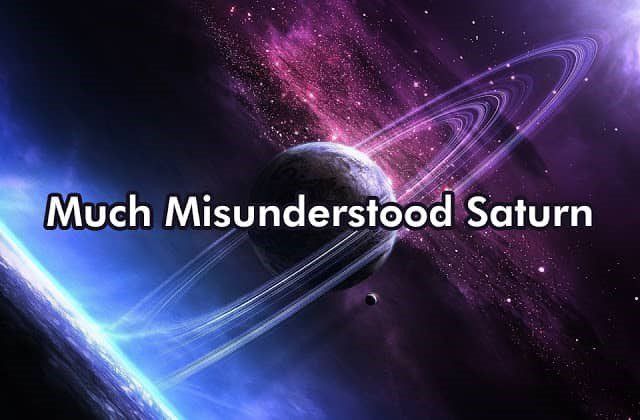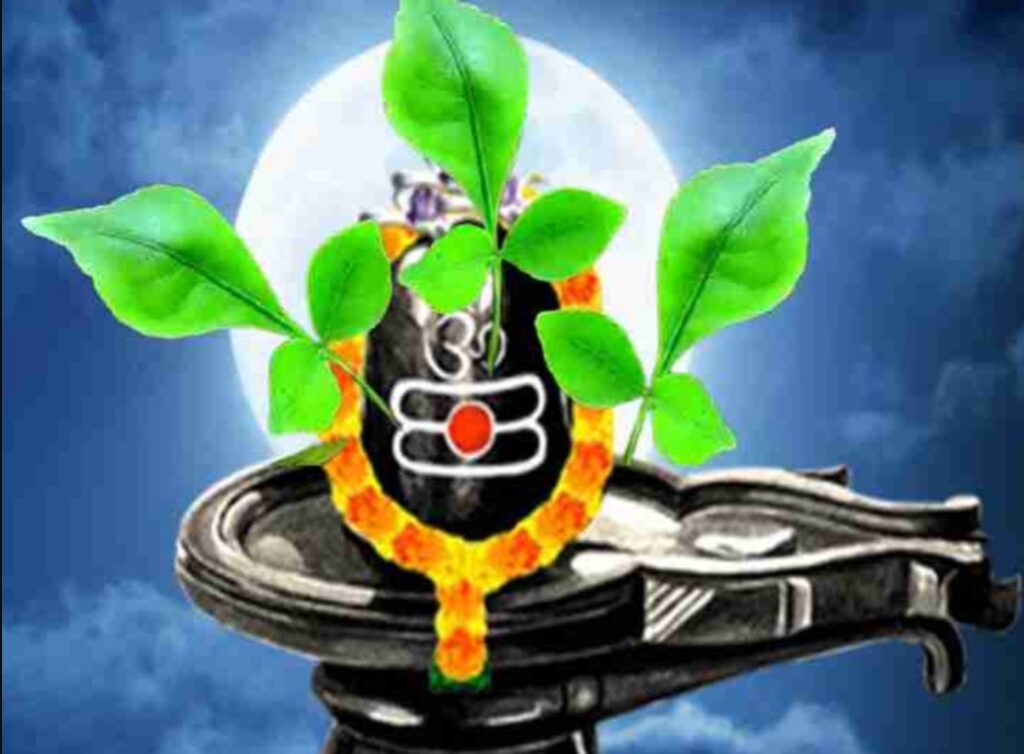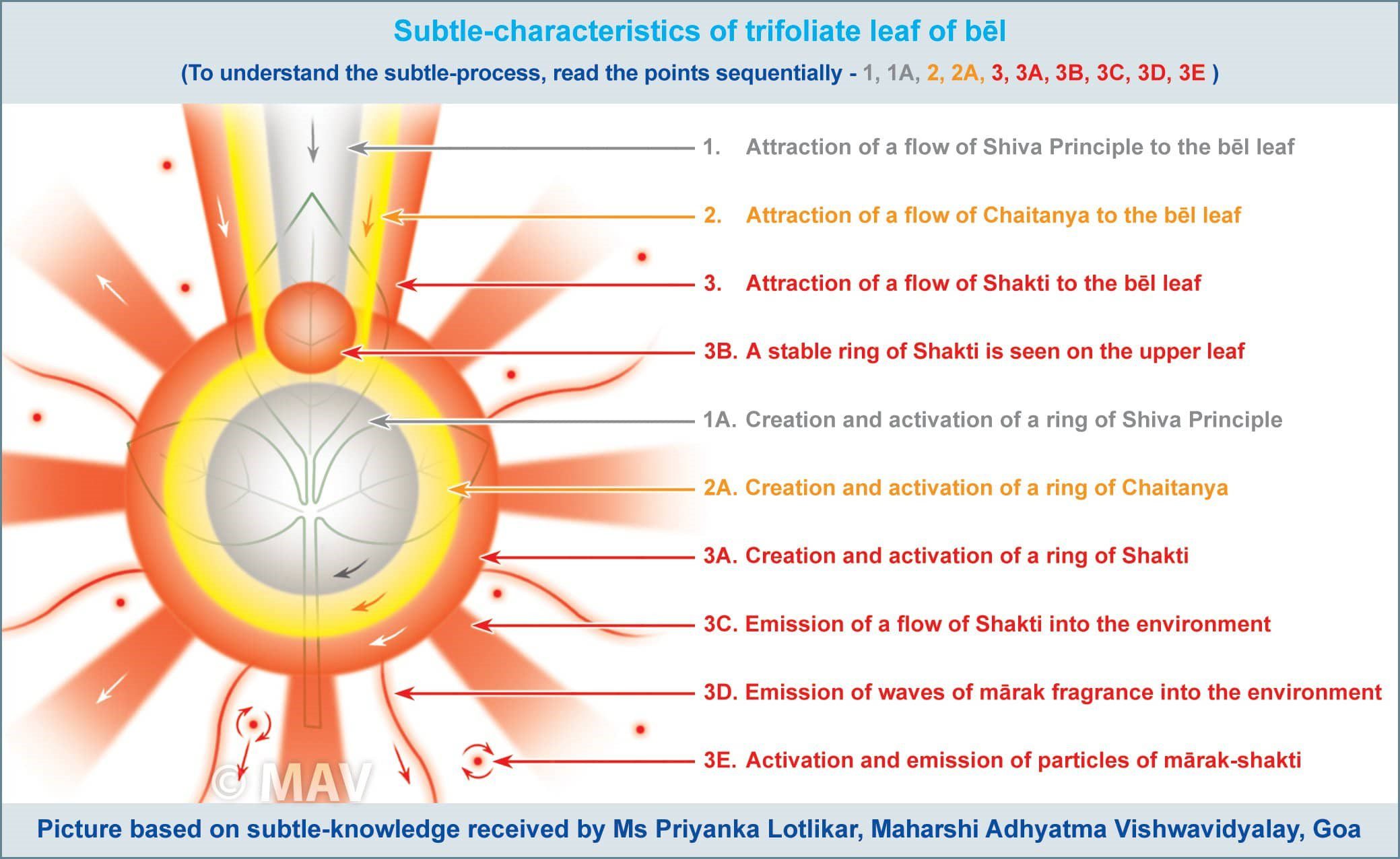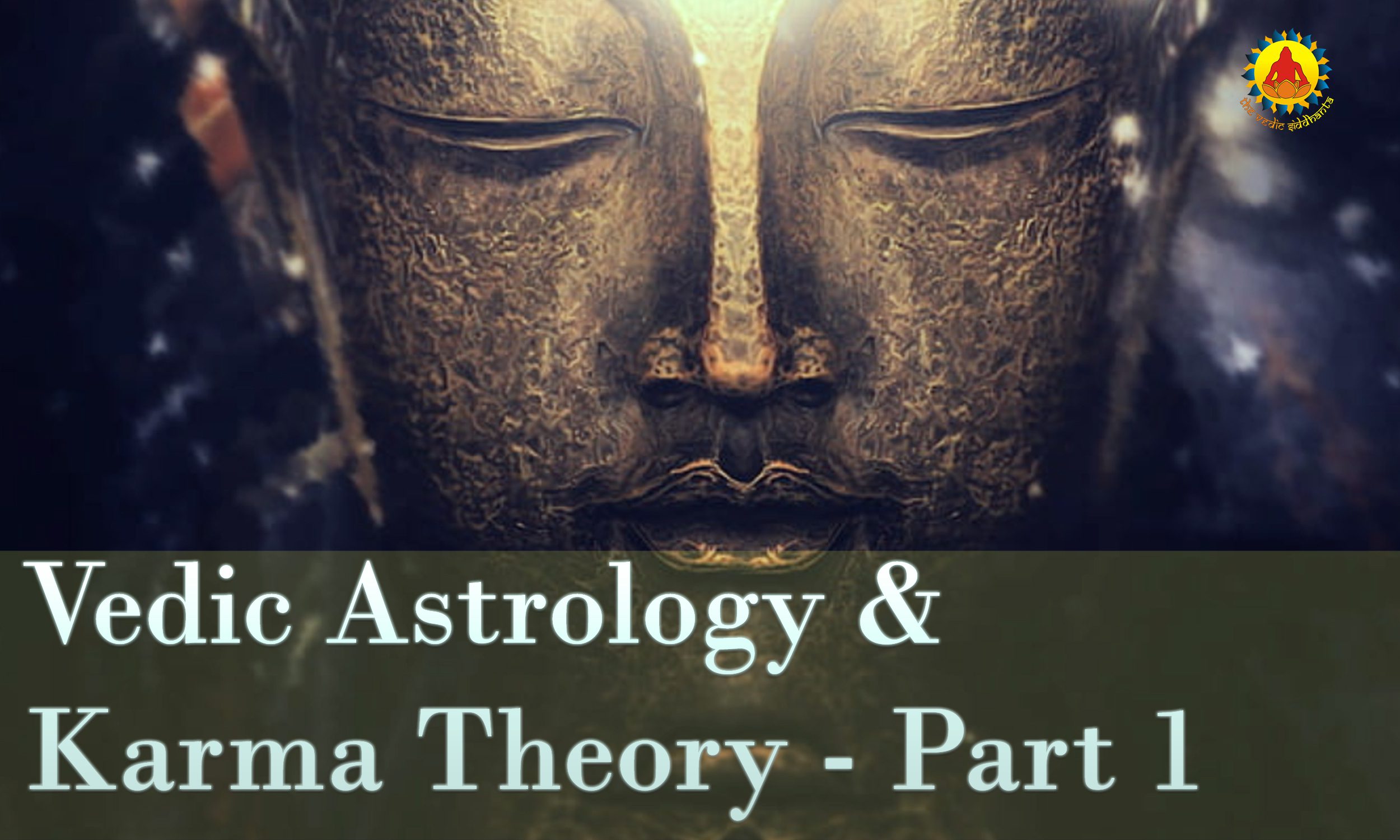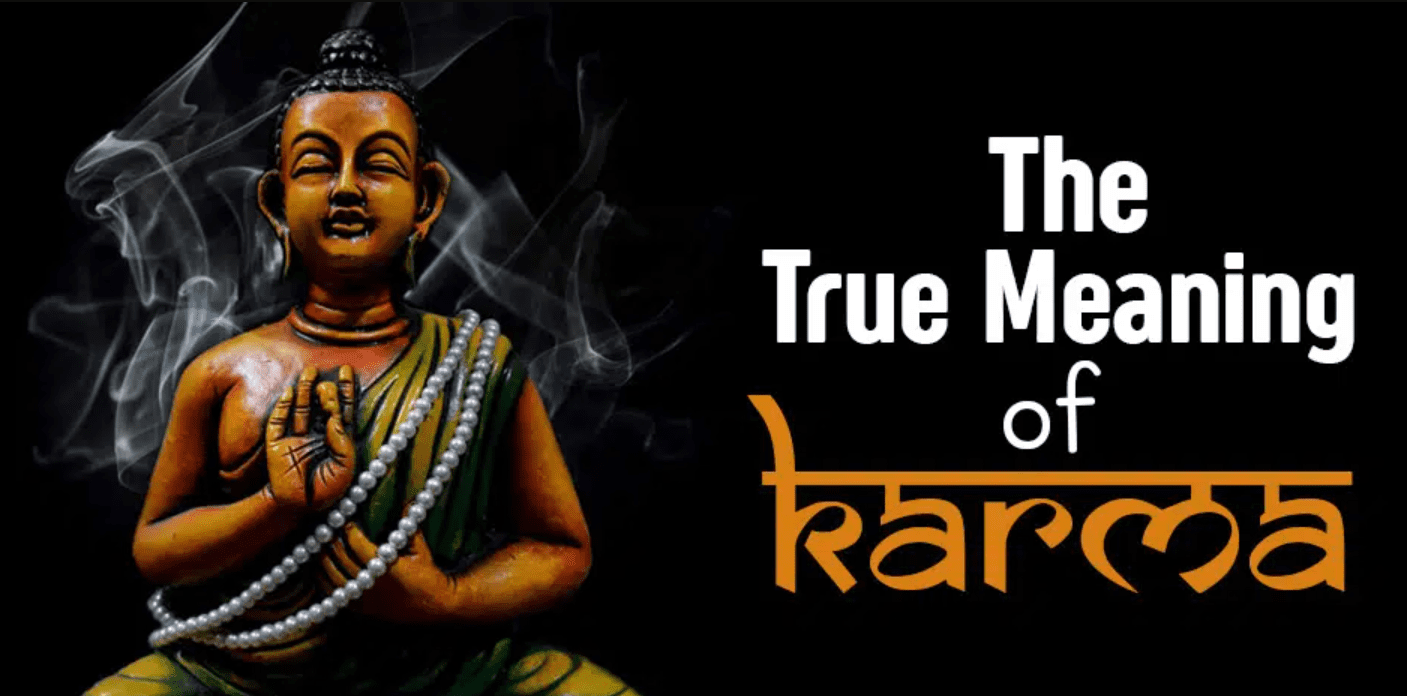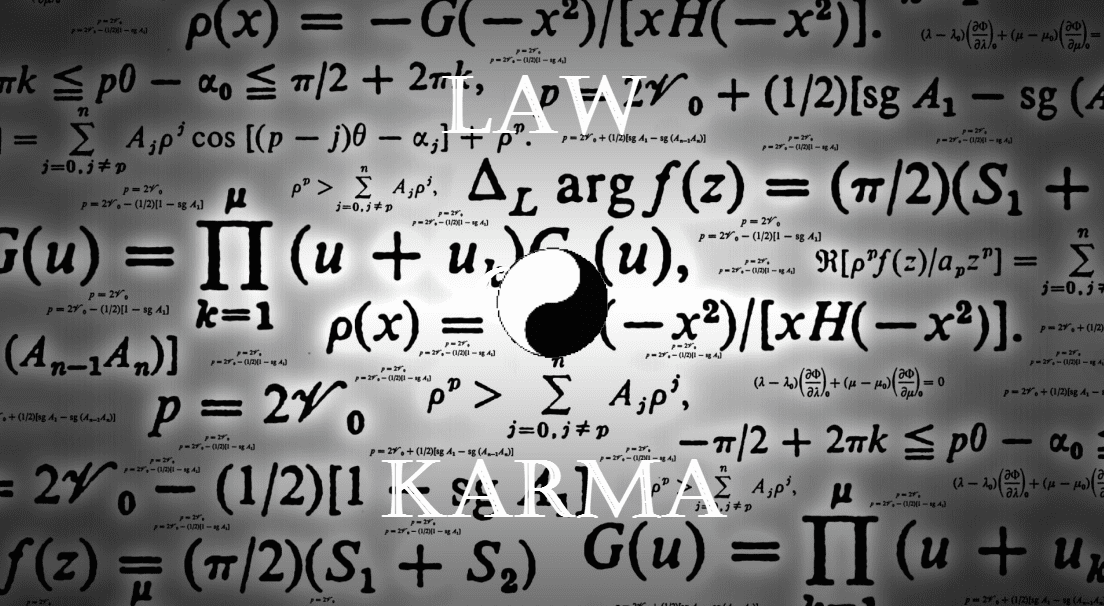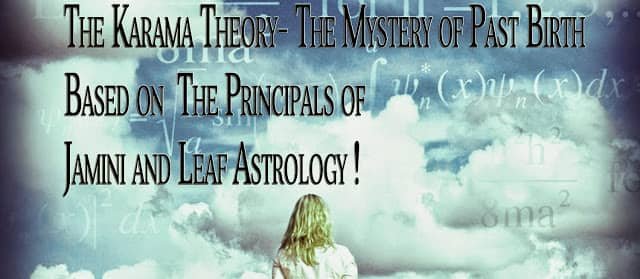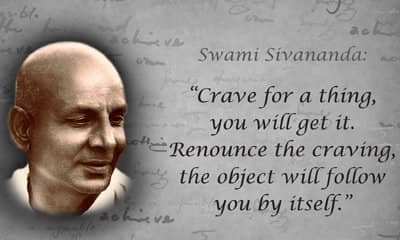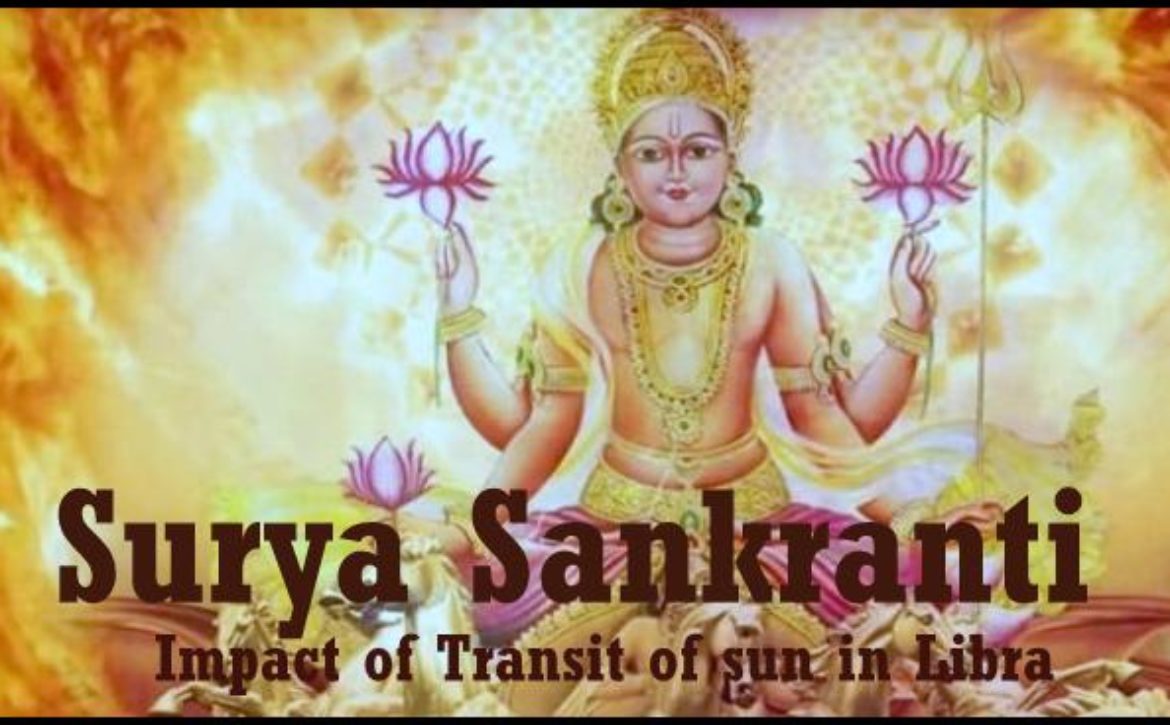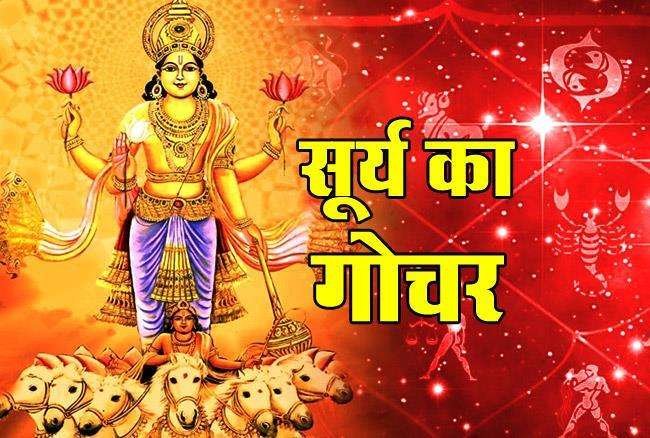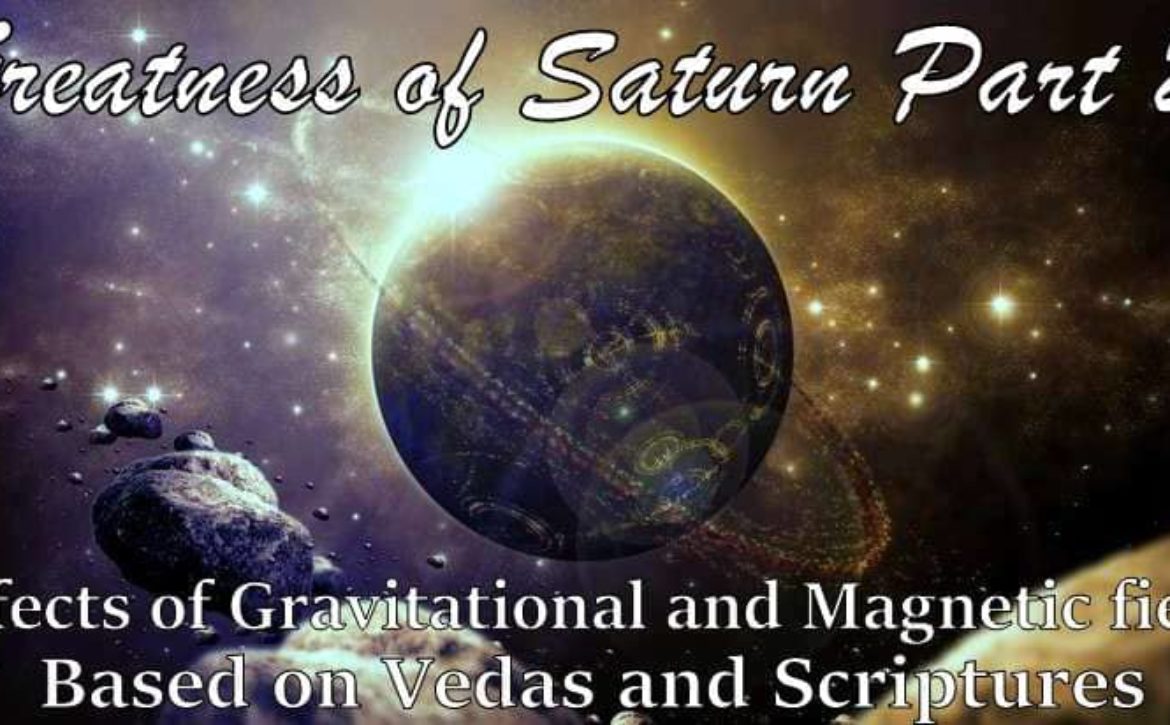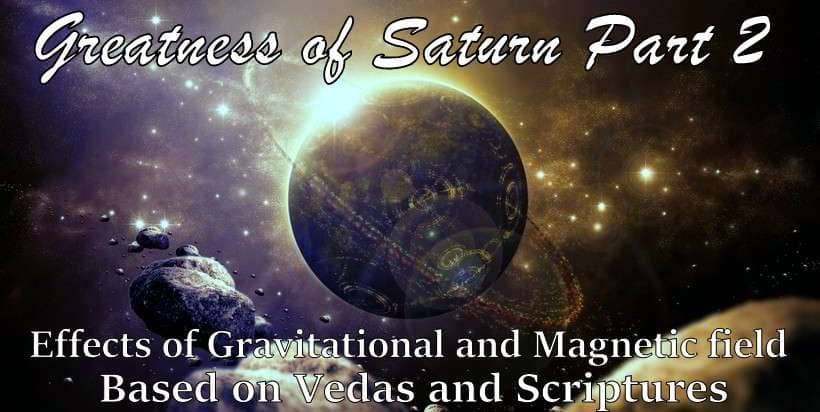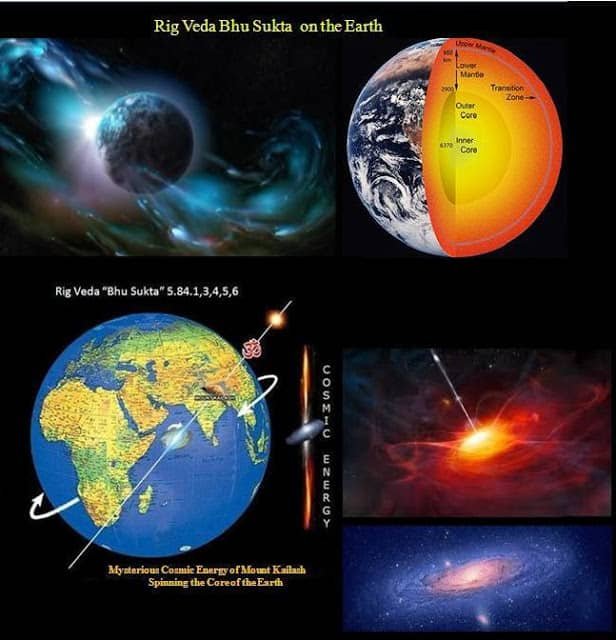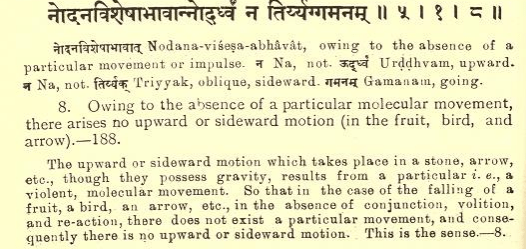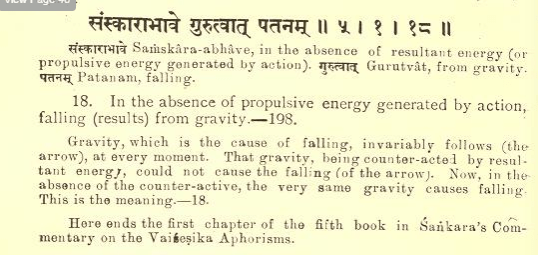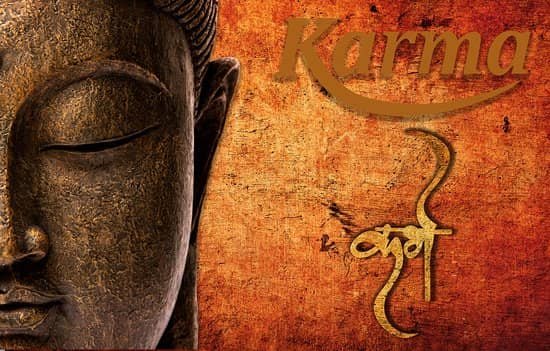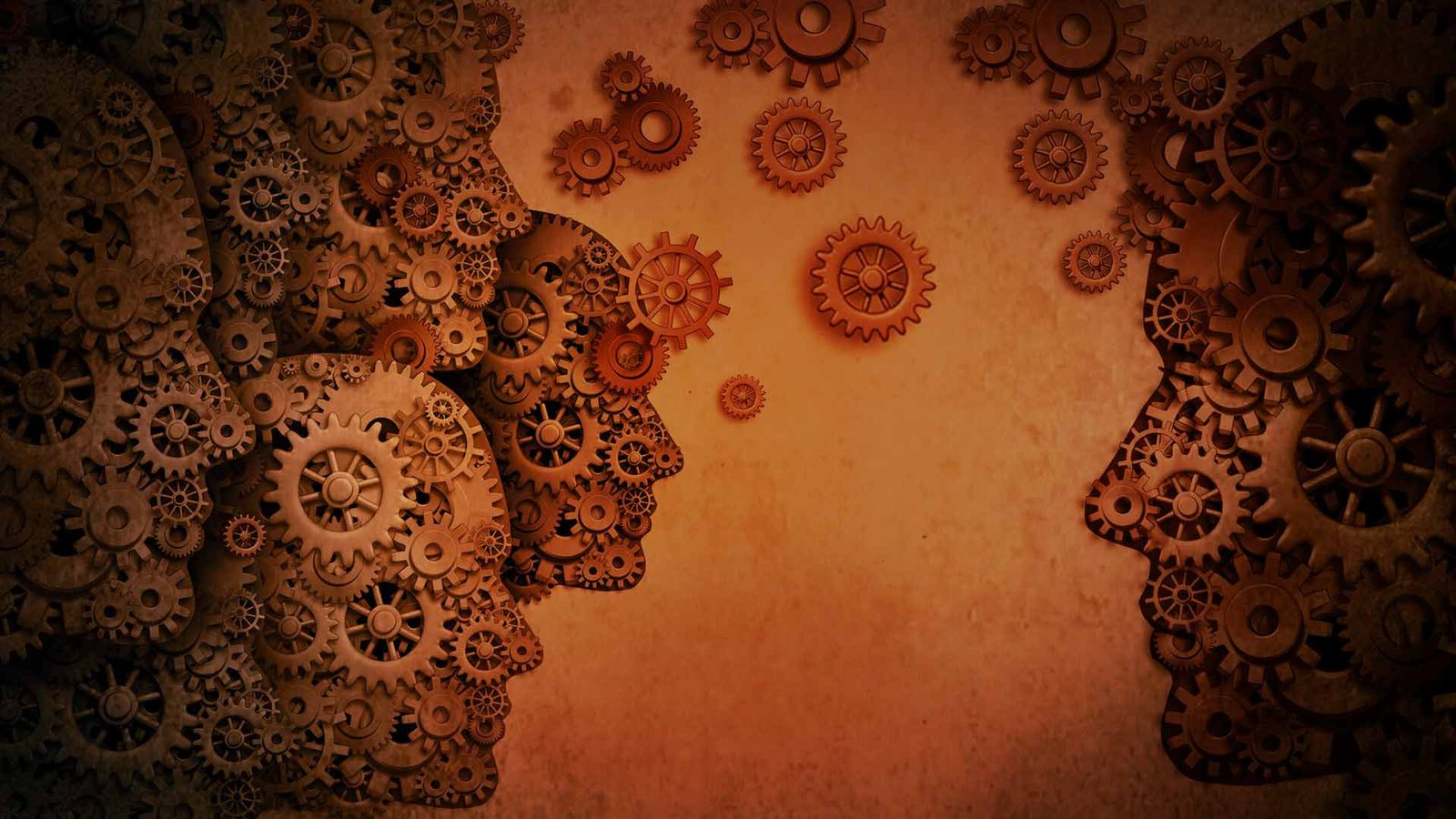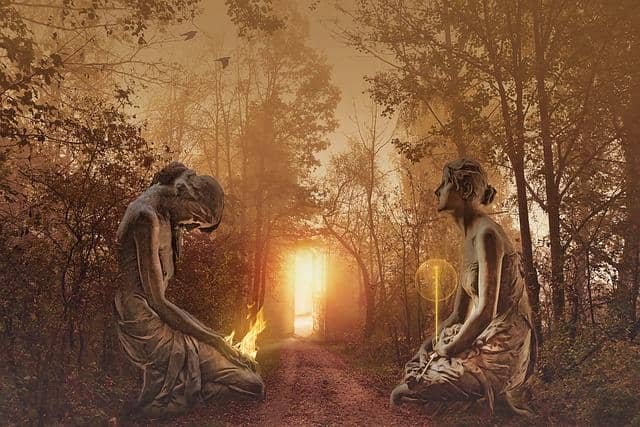Understanding Mystery of Past Life Astrology, Past Life Regression and decoding Past Life Journey : Astrological case study of Past Life – Part 2
Understanding Mystery of Past Life Astrology, Past Life Regression and decoding Past Life Journey : Astrological case study of Past Life – Part 2
In the 2nd Part of Mystery of Past Life Astrology Article series, we will dive deeper in the ocean of Vedic philosophy connected with past life, reincarnations, past life regression, Upanishads, and we will decode sutras of past life along with understanding the astrological case study of the native to go deeper to understand more hidden insights on the past life, i.e., what are the major indicators required to study past life astrology that we will cover in the 2nd, 3rd, and 4th parts of this series, and we will also let you know what will be the astrological tools we will use to decode the mystery of the native past life journey in the following sections.
For example, we will employ methods of past life regression, study sutras from Jamini Sutras, Nadi Astrology, classical astrological sutras from Phaladeepika, Brihat Jataka, and other vedic astrology systems, and apply these principles to decode and comprehend past life issues.
Firstly, we must comprehend the ways in which Past life regression, Prati Prasav Sadhna/Medtation, Bhagawd Geeta, and Upanishads can aid us in understanding how reincarnations, past lives, and astrology can shed light on the deeper issues in our lives. First, let’s explore the concept of past life regression (PLR) in the next section.
Why is it important to comprehend past life issues, traumas, and karmic blockages? Reason being, In Vedic traditions, it is believed that these karmic influences manifest in the astrological chart, specifically through the positions of planets at the time of a person’s birth. Each planet governs specific traits, challenges, and lessons, allowing astrologers to interpret the deep-seated influences that stem from past lives. For instance, a difficult relationship with a particular family member might correlate with unresolved issues from previous lifetimes, as revealed through careful analysis of the natal chart.
Furthermore, certain planetary combinations can indicate a strong connection to past life experiences. In Vedic astrology, the placement of the Nodes of the Moon—Rahu and Ketu—holds particular importance. Rahu represents unfulfilled desires and challenges that originate from past deeds, while Ketu signifies spiritual growth and the lessons one must learn to overcome karmic debts. Astrologers often analyze these elements to offer insight into the underlying motivations and fears that individuals encounter in their current lives.
Through Vedic astrology, understanding past life influences serves as a tool for self-reflection and growth. By recognising and embracing the karmic ties that guide their behaviour and choices, individuals can strive towards personal development. The nuanced interpretations provided by this ancient practice encourage a deeper comprehension of one’s life journey, illuminating the intricate tapestry woven by previous existences.
Readers can read Part -1st from the given link :
What is Past Life Regression ?
Past-life Regression is another powerful tool for exploring your past lives and with the help of Past life astrology we can able to know the root cause of past lives issues. It is a therapeutic technique that allows you to access memories and experiences from your previous incarnations. Through deep relaxation and guided visualization, a trained past-life regression therapist can help you tap into your subconscious mind and retrieve past-life memories.
During a past-life regression session, you may find yourself reliving specific scenes, emotions, or even physical sensations from a different time and place. These experiences can provide valuable insights into your past life relationships, unresolved traumas, and the lessons you are meant to learn in this lifetime.
Benefits of Past Life regression
Exploring your past lives can have a profound impact on your personal growth and spiritual development. Here are some of the benefits:
- Healing unresolved issues: Past life regression can help you uncover and heal unresolved traumas and wounds from your past lives. By addressing these issues at their root, you can release emotional baggage and experience deep healing.
- Understanding current life patterns: By gaining insight into your past life experiences, you can identify patterns and themes that may be influencing your current life. This awareness can empower you to make conscious choices and break free from repetitive cycles.
- Strengthening relationships: Past life astrology can shed light on the dynamics and connections between you and the important people in your life. Understanding the karmic lessons and agreements you have with others can help you navigate your relationships with compassion and wisdom.
Embarking on a journey to explore past-life astrology and regression can be a transformative and enlightening experience. Whether you choose to consult with a past-life astrologer or undergo past-life regression therapy, remember that the true purpose of these practices is to deepen your understanding of yourself and facilitate your personal growth.
By delving into the depths of your past lives, you can gain valuable insights, heal unresolved issues, and make conscious choices that align with your soul’s purpose. Embrace the mysteries of your past lives, and let them guide you on your journey of self-discovery and spiritual evolution.
Regression in Vedic Astrology
The Natal Astrological System provides us with insights into the soul regression process and the karmas associated with it. For instance, the placement of Jupiter in the birth chart significantly influences soul reincarnations. This regression process aids in pinpointing the underlying karmas that are causing our current life’s suffering. We can also trace back the placement of Jupiter, Saturn, and Rahu/Ketu to understand all the past life issues that are causing soul sufferings in the current life. In the next part of this series, we will delve deeper into the example charts.
What is Prati Prasav Sadhana/Meditation in Patanjali Yog Sutra ?
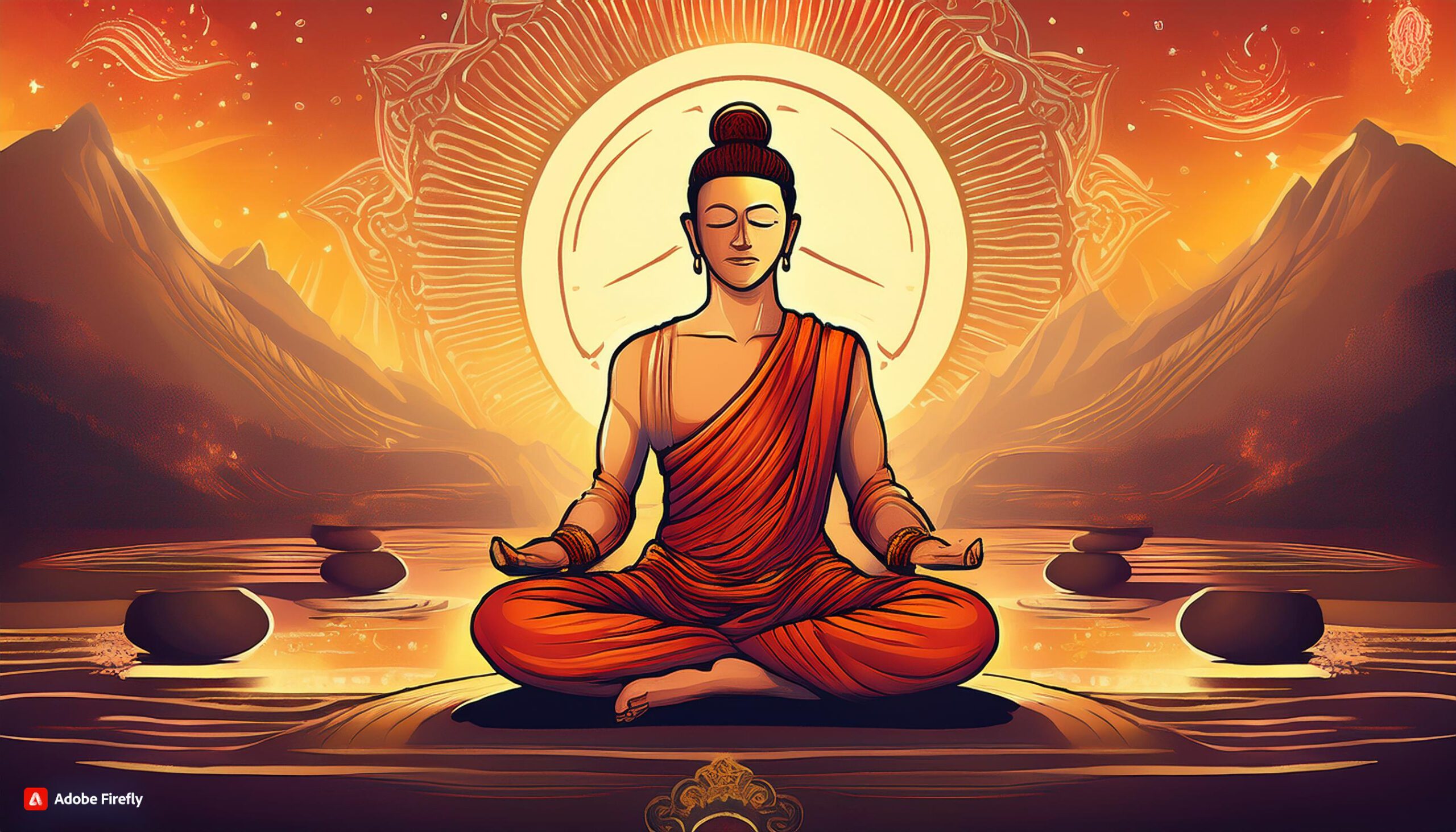
Who is Patanjali Maharishi ?
Patanjali Maharshi, an ancient Indian guru/seer, is credited with having conducted considerable research on the concept of regressing to previous lives. Patanjali Maharishi, the author of the Yoga Sutras, referred to this process of regressing to a previous existence as “Prati-Prasav.”, The process of reabsorbing the cause is what this refers to. This entails tracing the effect all the way back to its origin, often known as the involution process.
What is Prati Prasav Meditation/Sadhana ?
Prasav is the name given to the day that a kid is born. When you perform Prati-Prasav, you go back to the moment of your birth and relive the traumatic events that occurred at that time. This is what it means to be “born again in memory.”
As per Patanjali Yog Sutra, chapter, Quote 10 & 11,
॥ ते प्रतिप्रसवहेयाः सूक्ष्माः पदच्छेद: ते , प्रतिप्रसव , हेयाः , सूक्ष्माः॥
Meaning :
The subtle klesas are to be conquered by resolving them into their causal state.
Explanation on Prati Prasav Sadhna
We are able to eliminate these impediments by resolving them back into their fundamental cause, which we refer to as kelasa or vikaras. This can be accomplished by returning to a spiritual state of meditation. It is possible for the mind to triumph over the subtle kinds of suffering (klesas), which are also referred to as subconscious sensations, when it returns to its initial, unadulterated state. Pratiprasava or state of meditation is literally translated as “return to its original state,” “resolving back into their cause,” “return to the original state,” “disassociation from the creation process,” “counter-order,” “inverse propagation,” “resolving to a more elementary form,” and “withdrawal from manifestation.”
How Prati-Prasav Sadhna will help in Mystery of Past Life Astrology studies ?

What is Patanjali Yoga Sutras ?
The Patanjali Yoga Sutras, considered one of the major yoga texts, present a scientific view of yoga and helps to understand Prati Prasav meditation. Around 2000 years ago, Patanjali wrote this treatise, providing a systematic explanation of the yoga system. Patanjali developed a holistic system by combining yoga’s approach with the North Indian philosophical tradition. This system not only promotes physical health but also helps in mental and spiritual development.
Rules of Patanjali Yoga Sutras
The Patanjali Yoga Sutras comprise 195 sutras, segmented into eight parts. These eight limbs are Yama, Niyama, Asana, Pranayama, Pratyahara, Dharana, Dhyana, and Samadhi. Each organ has a special significance and acts as a complement to the other. Yama and Niyama ensure moral discipline, while asana and pranayama are essential for physical health. Pratyahara, Dharana, Dhyana, and Samadhi can achieve mental peace and stability in meditation.
Patanjali has presented yoga as a systematic system that helps the soul and mind develop. Through these sutras, the seeker discovers his true self and moves out of the trance towards self-knowledge. Thus, the Patanjali Yoga Sutras are considered not just a pedagogy but a path of profound study and development of the soul. This knowledge plays an important role in making a person live a balanced and healthy life even in the present times.
Prati-Prasav Sadhna or Past life Regression
Concept of Prati Prasav Sadhana is a spiritual and psychological practice aimed at rekindling the memories of past lives. The Indian Yoga and Vedanta traditions, where one experiences the immortality of the soul and its various births, particularly inspire this sadhana. This sadhana helps the devotees to know the familiarity and experiences of their past lives, allowing them to better understand their present situation.
Yogic Techniques in Prati Prasav Sadhnas
This sadhana involves the use of yogic techniques such as meditation, pranayama, and vision control. Through these techniques, the seeker can penetrate deeply into his mental and emotional realms. This sadhana often poignantly reveals the inner journey of the individual, in which they improve their physical, mental, and spiritual health. Seekers believe that this practice not only helps them know the essence of their soul, but also increases their understanding of various aspects of life.
Hypnosis in Past life Regression
Fundamentally, past life regression is based on the theory that unsolved problems or traumas from former life may surface in the present and influence a person’s psychological and emotional state. Accessing these previous events helps practitioners find insights that might support personal development and healing. Usually involving guided imagery or hypnosis, the technique helps one to establish a closer relationship to the subconscious mind where these prior memories could be found. Native may relate rich memories of their prior life, which can highlight ideas or behaviors influencing their present decisions.
Benefits of Prati Prasav Sadhna or Past Life regression
The benefits of perinatal sadhana include mental peace, self-awareness, and the development of a sense of duty. This sadhana gives the seeker the ability to analyse their thoughts, feelings, and actions, allowing them to make positive changes in their lives. Aside from that, this sadhana also helps the person identify the purpose of their life, which makes their life journey even more meaningful.
Thus, Prati Prasthan Sadhana paves the way for prosperity at the physical, mental, and spiritual levels.
Impact of Past Lives Memories in Current life ?
The significance and impact of memories of past lives are widely discussed. Memories of past lives are an important topic because they play a profound role not only in yoga and self-knowledge, but also in mental health and personal development. These memories connect us to our past and occasionally aid in comprehending our current thoughts, emotions, and behavioral patterns.
This allows us to recognize hidden mental blocks and conflicts that we may not have been able to experience before. Therefore, the importance of these memories lies not only in concentrating but also in moving towards self-realization.
What are Memories and how can i know my past life in Astrology ?
When we start exploring the memories of our past lives, it becomes a medium to expand our thinking process. A person’s thinking changes when he understands his past experiences. That’s why many therapists and yoga instructors use these memories to help people improve their mental health. This allows the person to recognize their emotional patterns and take steps towards turning them in a positive direction.
Astrological Explanation on Past life Memories
In Astrological systems Past life memories are connected withe ones moon placements, signs and the Nakshatra position . Why Moon, because moon shows one about Sub-conscious mind, memories, traumas, past life experiences, Skills, and past life samskaras one carry forwarded from all the soul journey and it also shows super conscious experiences soul has gone through it. Whereas Rahu and Ketu shows everything about past life experiences whether they are good or bad and how it will impact in the current world.
Along with that there is a prime importance of the 8th house/8th lord and 12th house /12th lord role in understanding past life experiences in the form of memories.
Acknowledging and understanding the memories of the past life not only enhances self-development, but it also gives a new direction to the person in his life journey. Therefore, it is necessary that we pay attention to our past life experiences. It is not only a source of knowledge but also helps in the process of self-realization, mental health, and personal growth. Thus, memories of past lives are not just stories of the past, but an important means of guiding the present.
Practicing Prati Prasav Sadhna or going back into the past lives
Prati Prasav Sadhana is an intense and dedication-seeking process that benefits physical, mental, and spiritual health. To perform this sadhana correctly, it is necessary to pay attention to some important methods and tips. First of all, the seekers should choose a calm and orderly place where they can perform their sadhana without any disturbance. This place will provide them with mental stability and help to improve their sadhana experience.
After this, it is important to meditate for a few minutes at the beginning of the sadhana. During meditation, the seeker should clearly determine their mental dedication and purpose. It is also beneficial to pay attention to the speed and depth of breathing during sadhana.
View of Avdhoot Shivananda baba on Past life or Prati Prasav Sadhna
According to Avdhoot Baba Shivanand ji on Prati Prasav Sadhna, “Prati” means “again,” and Prasav” means “birth,” meaning “re-birth,” which refers to a very ancient practice that focuses on accessing the deep, hidden bad memories of the past and prior lifetimes.
These memories remain concealed deep inside the subconscious mind, even though they have been ‘forgotten’ by the conscious mind. They are the core reasons of our bad emotions, habits, and behaviours that produce more karmic, and as a result, we slip into the infinite loop of cause and effect.
All of these deeply ingrained feelings and psychic impressions are brought to the surface in the Prati Prasav Sadhana practise so that they can be released and healed. What we accomplished in the past is nothing more than a reflection of itself in the here and now.
Unfinished business of the Past life
The unfinished business from our previous lifetimes is supposed to be wrapped up in this one, so that we can move on to better things. The conditions and the troubles that one is currently experiencing are the result of the stored luggage of psychic impressions that one has collected in various lives through each and every action, speech, and thought. This baggage was accumulated over the course of many lifetimes. Not only do the psychic impressions come from previous lifetimes, but they are also received and assimilated during the stages of being a child and a foetus in the womb of the mother.
Astrological Explanation on Unfinished business of the Past life in Natal Horoscope
The very first dasha of the child birth shows everything about the past life unfinished business along with that number of retrograde planets placed in the birth chart shows how much karmas are pending that native need to complete in this life cycle. .
The presence of challenges in one’s life is often an indicator of unsolved problems; conversely, the more the number of challenges and problems encountered in one’s life, the greater the number of unresolved problems that must be addressed in order to prevent oneself from being reborn into the same kind of situation over and over again.
Importance of Karmas in Past life
Samskaras, also known as sanchit karmas or psychic impressions, are the name given to unresolved issues, and the only way to access them is through meditation. If there is something, some trouble, or some problem that is associated with the past, then we return to the primary source from whence it originated. Because we can keep attempting to find a solution to the problem, but unless we get to its foundation, we won’t be able to find one. It is impossible to find a solution to a problem unless one first traces it back to its root cause.
Astrological Explanation on Past Life Karmas in Horoscope
In Birth chart or horoscope 9th house shows everything about the Sanchit karmas and D9 ( Navamsa ) shows what are our sanchit karmas in the form of good and bad placements in the D9 chart. If 9th house is badly afflicted it shows that native or native ancestors have done much bad deeds in their past life because of that native is experiencing much sufferings and series of unfortunate events in current life.
For instance, if there is an unpleasant plant and we continue to cut the branches and the leaves in an effort to get rid of the weed, we will find that more and more branches and leaves are growing in their place to replace the ones that we have removed. We need to get down into the roots of the weed and pull them out completely if we want to get rid of the weed for good.
The only way to fully comprehend this concept is to transport yourself back in time to those final seconds, to the precise moment when a soul departs from its physical body. From there, you must go even further back in time to determine how many lives a soul has lived.
Karmas, Memories, Traumas and Soul connection with Past life
All of those memories never become stale and never lose their connection to the soul and the conscious mind, but they do lose that connection with the body and the conscious mind.
We ought to put all of this to the test using case studies taken from real-life situations so that it may be consolidated into real truths. When it comes to this method, we should begin by cross-verifying it with people who have gone through the process of past life regression, and then we should verify its causes and consequences in the horoscope by analysing all four types of karmas.
When we go through such a procedure, we are better able to comprehend and compare it to the actual torment and suffering that anyone experiences in this birth as a direct result of their sins and wrongdoings in previous lives. In this section, I will show how we might have a better understanding of the process of past birth incarnation by evaluating a real-life case of past happenings uncovered by both ways. This case will be taken from the past. The most essential component is having a solid understanding of former lives as well as the nature of the regression process itself.
Contemporary belief, what exactly is regression to a Past life?
Prati-Prasav is a process, and it has previously been explained that this process involves the soul going back and forth between the conscious mind and the sub-conscious mind in order to get to its root point. However, the process itself involves many other processes. Hypnosis is employed during the process of past-life regression therapy, which aims to elicit memories of a person’s previous incarnations or lives.
Importance of Past Life Reading in astrology
In most cases, people engage in the practise of past-life reading either via past life regression or with the help of past life reading in astrology either in the hope of having a spiritual awakening or within the context of psychological treatment. The Upanishads, which are part of the canon of ancient Indian literature, include reference to past-life regression; however, Patajali’s Yoga Sutras provide a more in-depth examination of the topic. Patajali, a Hindu scholar, penned a text in the second century B.C. that described the concept of the soul becoming burdened with an accumulation of impressions as a component of the karma from previous lives.
Maharishi Patajali referred to the act of regressing to a prior life as prati-prasav, which literally translates to “reverse birthing.” He saw it as a way to solve present-day issues by recalling experiences from previous lifetimes. There are still schools of yoga that use prati-prasav as a method of practise.
It is important to do past life regression because it is the only way to cleanse or heal painful events from previous lifetimes, which, if not addressed, might prevent us from fully actualizing ourselves in this life and/or cause us distress. Activating creativity or a useful ability that has been actively displayed in a previous life but has stayed dormant or unrecognised in this incarnation is another benefit of past life regression therapy.
With the helps of Past life regression and knowing native past life events we can know about native past life events those are linked with the current planetary placements and the series of traumatic life events native is experiencing in the current life in the form of bad marriage, health issues and challenges in career.
For e.g. if 7th lord and Venus is afflicted in the D1, D9 and D10 chart it shows native relationship and married will be bad due to past life events that one can experience whenever there is a transit of the Rahu and ketu over the 7th lord and Natal Venus
Benefits of past life regression and Past Life Astrology
- The healing of overt deeds (the past-life self acting more as the offender than the victim in these incidents).
- Engaging one’s creative side
- Acquire an understanding of the factors that contribute to unreasonable concerns and the ability to overcome these anxieties.
- Having a happy and successful life gives you a sense of calm and inspires you to persevere when confronted with momentary challenges.
- Getting in touch with the wisdom of your higher self
- The recovery from and purging of traumatic experiences
- Having an understanding of the relationships between things and the patterns of action that are repeated
- It enlightens you about who you are and the reason you were put on this earth in the first place.
- Freeing oneself from oaths and curses imposed during a previous incarnation
- It assists you in reconstructing your understanding of your current life in light of the events that occurred in earlier incarnations of yourself.
- Realising that death is not a threat and that you would not be permanently separated from loved ones but would instead only go to a new location is helpful in reducing anxiety.
- It can help you overcome addictions such as drinking too much alcohol or smoking cigarettes.
- Enhances the perception of the spiritual aspect of our existence and its implications. Contracts from previous lives being rewritten
Relationship between Past Life, Karma and Horoscope
All of these deeply ingrained feelings and psychic impressions are brought to the surface in the Prati Prasav Sadhana practise so that they can be released and healed. What we accomplished in the past is nothing more than a reflection of itself in the here and now.
In Birth chart, Horoscope Karma is divided in into 4 parts :
- Sanchit Karmas seen by the 9th house and its lord and its placement, Strength or weaknesses in the D1, D9 and D60 chart.
- Punya Karmas are seen by 5th house and its lord placements in the good and bad houses and its strength and weaknesses need to analyze in the D1,D9 and D60 chart.
- 1st, 5th and 9th houses/lords shows Native Dharmas and Duties and it also shows Native good deeds and gives us vital clues to understand Sanchit karmas of native.
- Trik-Bhavas ; 6th and 8th and 12th house and their lord shows about Native bad deeds and gives as vital clues about native Prarabdha Karmas.
- 4th house/4th lord and Moon placement shows about Native Agami Karmas or you can say future actionable karma, refers to the karma that’s generated by your current actions and choices that may have consequences either in this lifetime or in future lifetimes and that can effects your Kriyamana Karmas.
- 6th house/lord and 10th house/lord, Prashna’s Jyotish Queries or Questions shows everything about Native Kriyamana karmas, or present actionable karma, refers more specifically to the instantaneous or immediate consequences of your actions. It emphasizes the cause-and-effect relationship between your actions and their immediate results in the current life. It has stronger impact on your 5th house as 5th is known for Future actions or more precisely it shows everything about future of the native due to native good and bad decision making. Malefic placements in the 5th house and if 5th lord is in afflicted state it shows native may bad decisions due to which native can spoil his future actions as 10th and 6th house have direct influence on the 5th house.
- 6th house and 6th lord shows Actions of the past life as it is falling in 10th from the 9th house ad 6th from the lagna shows what day to day actions you are taking.
- 9th House and 9th lord shows everything about the past life actions, karmas and native past life journey.
- 12th house and 12th lord placements shows everything about the future burth out of our current actions, karmas and deeds in the current life.
The unfinished business from our previous lifetimes is supposed to be wrapped up in this one, so that we can move on to better things. The conditions and the troubles that one is currently experiencing are the result of the stored luggage of psychic impressions that one has collected in various lives through each and every action, speech, and thought.
Karmic Baggage, Past life Karma and Astrology
This Karmic baggage was accumulated over the course of many lifetimes. Not only do the psychic impressions come from previous lifetimes, but they are also received and assimilated during the stages of being a child and a foetus in the womb of the mother. In the Birth chart or natal horoscope Rahu and Ketu shows everything about the karmic baggage and its relationship or conjunctions with natal planets shows what are those karmic baggage that we need to experience in this life to liberate from those deeds or baggage’s. Saturn relationship with planetary placement in the natal chart shows everything about the Rinanubandhan. Trine to Saturn , Conjunction with Saturn shows whom we are connected in this life as part of the Deep Rinanubandhan.
The presence of challenges in one’s life is often an indicator of unsolved problems; conversely, the more the number of challenges and problems encountered in one’s life, the greater the number of unresolved problems that must be addressed in order to prevent oneself from being reborn into the same kind of situation over and over again.
One can read about Rinanubandhan from the given link :
Runanubandha part 1: Soulmates, Karmic Ties and Concept of Rinanubandhan in Vedic Astrology
Understanding Samskaras or Sanchit Karma : The Sum Total of Karma in Past life
Samskaras, also known as sanchit karmas or psychic impressions, are the name given to unresolved issues, and the only way to access them is through meditation. If there is something, some trouble, or some problem that is associated with the past, then we return to the primary source from whence it originated. Because we can keep attempting to find a solution to the problem, but unless we get to its foundation, we won’t be able to find one. It is impossible to find a solution to a problem unless one first traces it back to its root cause.
For instance, if there is an unpleasant plant and we continue to cut the branches and the leaves in an effort to get rid of the weed, we will find that more and more branches and leaves are growing in their place to replace the ones that we have removed. We need to get down into the roots of the weed and pull them out completely if we want to get rid of the weed for good.
The only way to fully comprehend this concept is to transport yourself back in time to those final seconds, to the precise moment when a soul departs from its physical body. From there, you must go even further back in time to determine how many lives a soul has lived. All of those memories never become stale and never lose their connection to the soul and the conscious mind, but they do lose that connection with the body and the conscious mind.
We ought to put all of this to the test using case studies taken from real-life situations so that it may be consolidated into real truths.
When it comes to this method, we should begin by cross-verifying it with people who have gone through the process of past life regression, and then we should verify its causes and consequences in the horoscope by analysing all four types of karmas.
When we go through such a procedure, we are better able to comprehend and compare it to the actual torment and suffering that anyone experiences in this birth as a direct result of their sins and wrongdoings in previous lives. In this section, I will show how we might have a better understanding of the process of past birth incarnation by evaluating a real-life case of past happenings uncovered by both ways. This case will be taken from the past.
The most essential component is having a solid understanding of former lives as well as the nature of the regression process itself.
To More Know on Karmas and Sanchit Karma in Vedic astrological system, click on the below link :
The Karma Theory in vedic astrology part 1: Know about Astrology, Past life and karma Connection ?
The Karma Theory in vedic astrology part 1: Know about Astrology, Past life and karma Connection ?
What is reincarnation and its relationship in Past life Astrology ?
According to the concept of reincarnation, we must through a series of incarnations in order to reach our full potential as spiritual beings and hence must endure multiple lifetimes. The soul is immortal and does not perish; we just temporarily house it in our bodies.
The soul has existed across a great number of lifetimes. When we are born, our soul brings with it all of the experience, knowledge, and karma that it has accumulated throughout the course of previous lives. The vast lineage of our ancestors’ experiences in prior lives is the source of the attributes that we manifest in this one.
The memories of earlier incarnations are preserved at the level of the soul, and it is not possible to retrieve them at the conscious level. Participating in a past-life regression session is the most straightforward approach to learning about and having an experience of a previous incarnation.
Reincarnation in Vedic Astrology
In Vedic Astrology system whole birth chart or horoscope shows everything about the reincarnation and the placement of the jupiter and its relationship with the 12th lord /12th house placed planets from its own placement ( i.e. 2nd and 12th from the Jupiter ) shows about our past life reincarnation issues that native need to experience in this life due to past life actions, misdeeds and unfinished business and for that we need to thoroughly analyze everything from the Jupiter placement or we need to make jupiter as whole horoscope or as an ascendant and need to evaluate the past and the current life simultaneously as jupiter shows everything about the Jeeva as jupiter is a Jeeva karka planet.
Reincarnation, a fundamental concept in Hinduism, is known as samsara, which refers to the continuous cycle of birth, life, death, and rebirth. This belief system posits that the soul, or atman, undergoes numerous lifetimes in various forms, influenced by the actions and choices made in previous existences. The essence of reincarnation is deeply rooted in ancient Vedic texts, which serve as sacred scriptures and articulate the principles governing life, death, and the journey of the soul.
Karma, Rebirth, Reincarnation and Past life Astrology
A key element influencing the nature of each rebirth is karma, which encompasses the moral law of cause and effect. According to this principle, every action taken by an individual carries consequences that shape future experiences.
Positive deeds contribute to favourable circumstances in subsequent lives, whereas negative actions may lead to suffering and hardships in future reincarnations. This intricate relationship underscores the notion that individuals are responsible for their fate, and it is their conduct in this life that determines their spiritual progression and the form their next life will assume.
Samsara, Liberation, Moksha and Reincarnation
Within the cyclical process of samsara, liberation, or moksha, is considered the ultimate goal for practitioners of Hinduism. Attaining moksha entails breaking free from the repetitive cycle of reincarnation, thus allowing the soul to unite with the divine consciousness, or Brahman.
This pursuit of liberation is not only a personal journey but is also a reflection of the broader philosophical teachings encapsulated in the Vedic scriptures.
As such, understanding reincarnation and its interconnected principles of karma and moksha is essential for those seeking to comprehend the nuances of Hindu beliefs and their implications on life and existence.
Astrological Explanation on Cycle of Rebirth
In vedic Astrological system, cycle of Rebirth and Karma goes like this ; 1st house -> ( Current birth) 12th house -> ( everything about the Next Birth) -> 8th, 12th and 4th house ( everything about Moksha ) and Finally Jupiter Progression and Regression ( everything about Reincarnations )
1st house or Ascendant ( Current Birth) in Vedic Astrology :
Whenever native born in this life with particular ascendant shows everything native carry forwarded from the past life samskaras, including skills, Appearance, health and intelligence etc and planetary placement in the birth chart, could be good or bad or could be in affliction shows about the Current birth sufferings or enjoyment one may enjoy in this birth all because of the past life soul journeys.
Next Birth ( 12th house or 12th house lord ) as per Vedic Astrology :
When we are talking about the next birth in vedic astrology, 12th house and 12th lord placement, affliction, strength in the natal chart has much says on the next birth of the soul as it is falling in 12th from the Lagna ( end of ones life and beginning of next and falling in 4th from the 9th house – shows Storage house of karmas ) and falling in 8th from the 5th house ( 5th is everything about future decision making, falling in 9th from the 9th house shows Root cause one born in current life ) which shows one life ends and next cycle starts with new beginning. Placement of the 12th lord shows what could be possible place, Yoni or characterization of the soul in next life.
Moksha ( 8th and 12th house ) in Vedic Astrology
When we are talking about the Moksha, 8th and 12th house strength and weakness has much says on the Moksha, though we cannot fully predict on the Moksha but we can have a basic understanding on the Moksha from the 8th and 12th house , as these are Moksha trikona houses in vedic Astrology which gives sound understanding of one spiritual path one may choose in this life which can helps to identity the path of Moksha,
Reincarnations ( Jupiter ) in Vedic Astrology
When discussing reincarnations, the progression of Jupiter in a forward direction reveals everything about the current life, while the regression of Jupiter in a backward direction from its original placement in the natal chart reveals all the past life journeys a soul has undertaken in numerous past lives. For example, if we regress Jupiter one step back, it reveals the precise cause of death in the previous life, as well as the exact root cause of any misdeeds a person was born with, which they need to experience in this life.
Vedic Philosophy Perspective on Reincarnation, Past life
The concept of reincarnation, or samsara, is integral to Hindu philosophy and deeply explored within the Vedic scriptures. Central to this understanding is the distinction between the physical body and the eternal soul, or atman. The Vedic texts, especially the Upanishads and the Bhagavad Gita, provide profound insights into the nature of the soul and its journey through numerous lifetimes. The Upanishads, composed between 800 and 400 BCE, emphasise that the atman is unchanging and eternal, transcending the temporary nature of the physical form. They present a philosophy where each soul undergoes a cycle of birth, death, and rebirth, shaped by its actions in previous lives (karma).
The Bhagawad Gita and Theory of Reincarnation, Past life and Karma
The Bhagavad Gita, often regarded as a spiritual and philosophical classic, reinforces these concepts by illustrating the dialogue between Krishna and Arjuna. Within this sacred text, Krishna explains that the soul cannot be killed or destroyed; it merely transitions from one body to another, akin to changing garments. This perspective encourages individuals to perform their duties selflessly, without attachment to the outcomes, as each life is part of a grander cosmic order that allows for spiritual evolution over consecutive births.
Karma and Its Role in Reincarnation in Past life Astrology
Karma, a central tenet in Hindu philosophy, refers to the principle of cause and effect concerning human actions. It embodies the belief that every action, whether good or bad, has consequences that can extend across multiple lifetimes.
This doctrine is intricately tied to the concept of reincarnation, wherein the soul undergoes cycles of birth, death, and rebirth—an eternal journey shaped significantly by one’s karma.
Each individual’s current existence is perceived as a manifestation of the choices made in previous lives, underscoring the moral weight carried by one’s actions.
Studying Saturn and understanding Karma and Reincarnations in Vedic Astrology
In Vedic Astrological system, Study of the Saturn is the majorly seen to study all sorts of the karmas, actions or misdeeds those are connected with past, present and future life and it categorized as prime planet which we one should need to focus in the current life to have better birth in better family with good reincarnation experiences in the next life.
Why Punya Karma and what are Paap ( 6th, 8th and afflictions in Natal chart ) & Punya Karmas ( 1st, 5th & 9th house ) in Past life ?
In this worldview, good deeds—often termed “punya”—result in positive outcomes, while bad deeds, referred to as “papa,” lead to negative consequences. This moral framework serves not only to govern personal behaviour but also to impart lessons essential for spiritual growth.
As individuals navigate their lives, their actions create a karmic record that influences their future experiences and forms the basis for the conditions of subsequent reincarnations.
Hence, one’s present circumstances are intimately linked to the actions of past existences. This interplay suggests that the journey of the soul is not random but rather a structured path that reflects the ethical quality of its past behaviors.
Astrological understanding on Paap and Punya Karmas
Astrologically, all sort of good karmas are seen from 5th house, 9th house and the 1st house whereas PaaKarmas are majorly linked with 8th and 6th house, Paap Karitari yogas, afflictions on Moon and conjunction or blockages via Rahu and Ketu in the natal chart.
Additionally, the understanding of karma emphasises personal responsibility. Each person is seen as the architect of their fate, with the potential to alter their karmic trajectory through conscious choices and selfless deeds.
This intrinsic belief promotes a sense of agency and encourages individuals to act ethically, knowing their current actions directly affect their future lives. Ultimately, karma acts as a guiding principle within the broader framework of reincarnation, reflecting the moral implications that shape the soul’s evolution.
By embracing the lessons embedded in karmic outcomes, individuals engage meaningfully in their spiritual journey towards liberation.
To Know more on Paap and Punya Karma, Please click on the below link
The Saturn, Mysterious Shani Sadesati and Karmic Remedies : Therapeutic Guide of Saturn – Part 2
Conclusion :
The conclusion of this Article emphasizes the significance of understanding past life influences through Vedic astrology and past life regression techniques. It highlights that unresolved issues, traumas, and karmic blockages from previous lifetimes manifest in an individual’s astrological chart, particularly through planetary positions at birth. Key indicators, such as the Nodes of the Moon (Rahu and Ketu), the 8th and 12th houses, and the overall analysis of the natal chart, are essential for interpreting these influences.
The Article advocates for the practice of past life regression and Prati Prasav Sadhana as valuable tools for personal growth, healing, and self-discovery. By accessing past life memories, individuals can gain insights into their current life patterns, relationships, and challenges, ultimately facilitating a deeper understanding of their soul’s journey.
The integration of Vedic philosophy, astrology, and meditation practices is presented as a holistic approach to addressing karmic influences and achieving spiritual evolution. The overarching message encourages readers to embrace their past life experiences as a means to enhance their present life and pursue a path toward liberation and self-realization.
To be Continued…
To read more on Past life experiences of Native Life Journey click on part 3 and part 4th link :
Part 3 :
References, Sources, and links:
Views: 908

